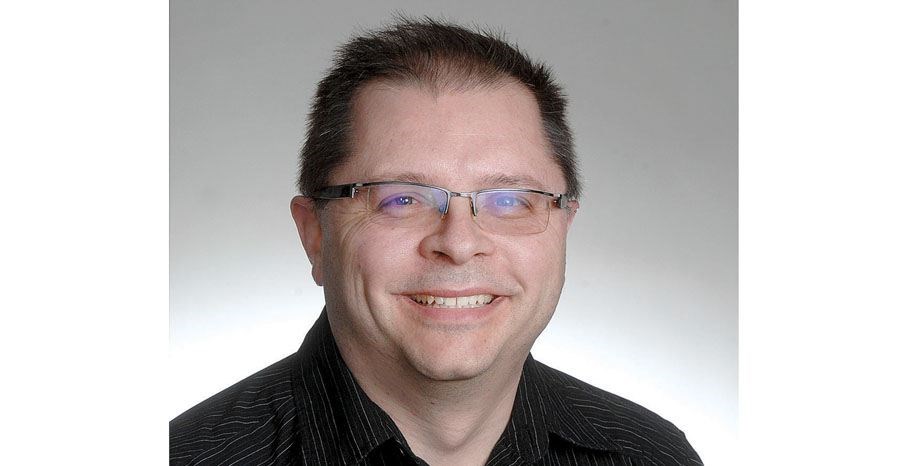Lynda Robinson is a 51-year-old cancer survivor but that's only the start of her bravery, as depicted by The Citizen's Samantha Wright Allen in Monday's front page feature.
When Robinsion's breasts were removed in a double mastectomy in 2013, she didn't have them replaced, even though breast reconstruction is included at no extra charge as part of medical coverage in B.C. for most cancer patients.
When she awoke from her surgery, the day after her 19th wedding anniversary, she also awoke to a new relationship with her body.
"That was when I was able to feel, head, heart: I am not my body, I am a soul," she said.
As if being a cancer survivor hasn't been hard enough, Robinson took her decision one step further. Many women who undergo a double mastectomy don't ask for breast reconstruction surgery but mask their flat chests in public with mastectomy bras and breast forms. Robinson refuses to do so.
She is comfortable in her post-surgery body and through Flat and Fabulous, a U.S.-based advocacy she has joined, Robinson hopes to be a role model for other women. Later this months, she's off to Florida for a photo shoot with members of the organization to show the diversity of women living breast-free.
Living without breasts wasn't Robinson's initial choice. At first, she did want breast reconstruction but the local plastic surgeon she was referred to requires patients to have a Body Mass Index below 30. Anything higher is considered obese, according to the measurement. While she could have chosen to go to seek treatment elsewhere, she decided not to.
Everyone struggles to some degree to make peace with their body image, some more than others. For women, body image is an extra burden, like breasts, menstruation and pregnancy, that is unique to their gender and only they can fully understand. While both obese men and women are discriminated against, society's gaze towards larger women is fiercer and more judgmental.
For Robinson, she has had to contend with two major body image issues - her body size and her lack of breasts. The irony is that one issue is the absence of body parts specifically linked to her gender identity and the other issue is the excess size and weight that accompany obesity. Too little of one thing and too much of something else.
Robinson has refused, partly out of necessity and partly out of her own desire, to refuse to play the game where adults, both male and female, make powerful subjective judgments about women based solely on their physical appearance. That takes courage, not only because of what it says to the rest of society but also what it says (and how it can be misconstrued) by other women like her.
"This is just me. This is my life. This is how I live it: authentic," Robinson said. "(I'm) not saying that someone who wears breast forms is inauthentic - that's authentic for them."
That's an important distinction to make. In an era where identity, particularly in regards to gender and sexuality, are increasingly flexible and diverse, the distinctions of right and wrong are cruel and unnecessary. Breast reconstruction comes with its own challenges and health risks but adult women are free to make their own choices, outside of both feminist ideology and patriarchal definitions of femininity, of what happens after a double mastectomy.
Body acceptance, both by individuals and by society, is essential. While many modern adults want to express themselves through their body type, many others see their body as nothing more than a flesh-and-blood container that holds what's really important: the mind and the soul.
For Robinson, her breasts were a source of sickness and removing them put her on the path to wellness.
A similar point is made by Unice Caron, the subject of Kathy Nadalin's column in today's Citizen. Caron lost both of her legs as the result of complications from diabetes. Caron loved the explanation her granddaughter gave to her own five-year-old worried about her great grandma's missing legs. "Great grandma's legs were very sick and the doctor took them away and now great grandma is not sick any more."
Sometimes a simple explanation for a child cuts right to the heart of the matter.



